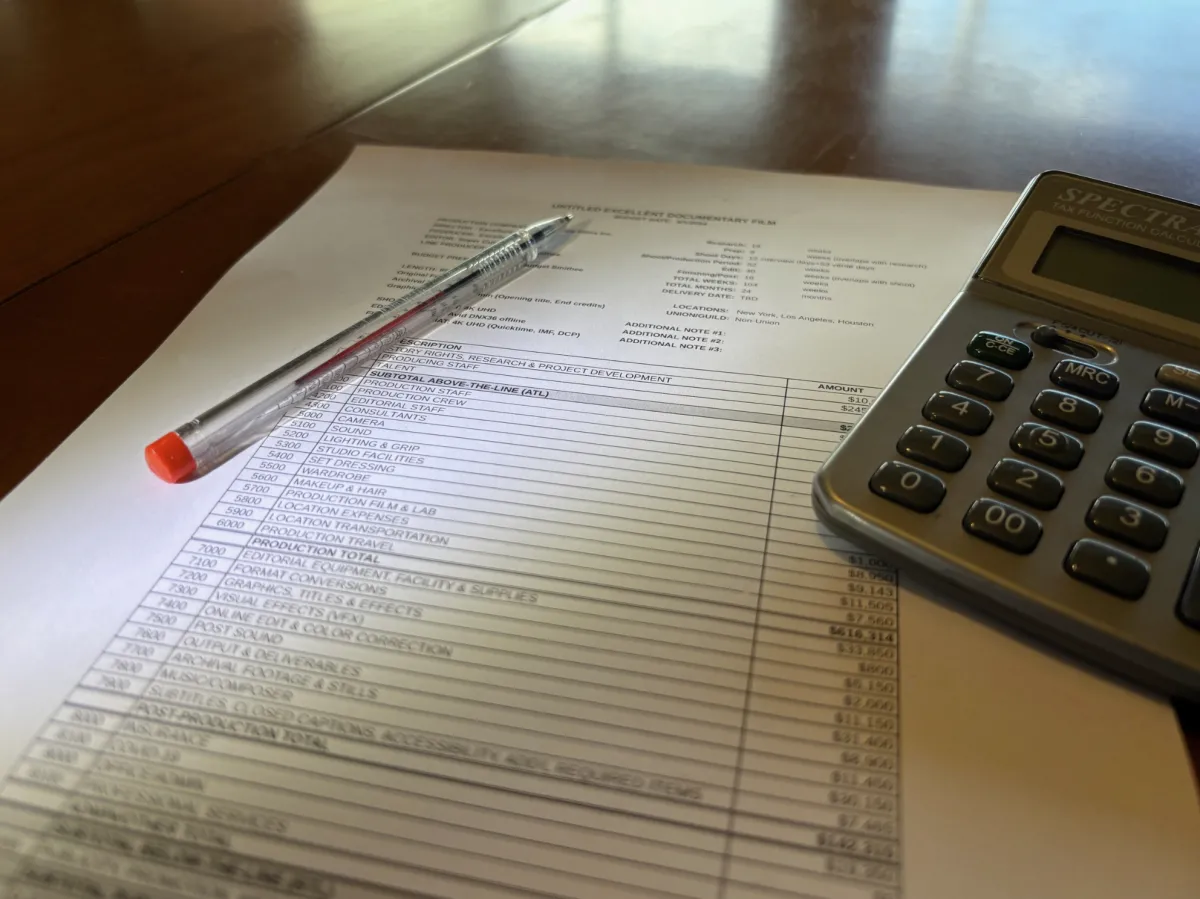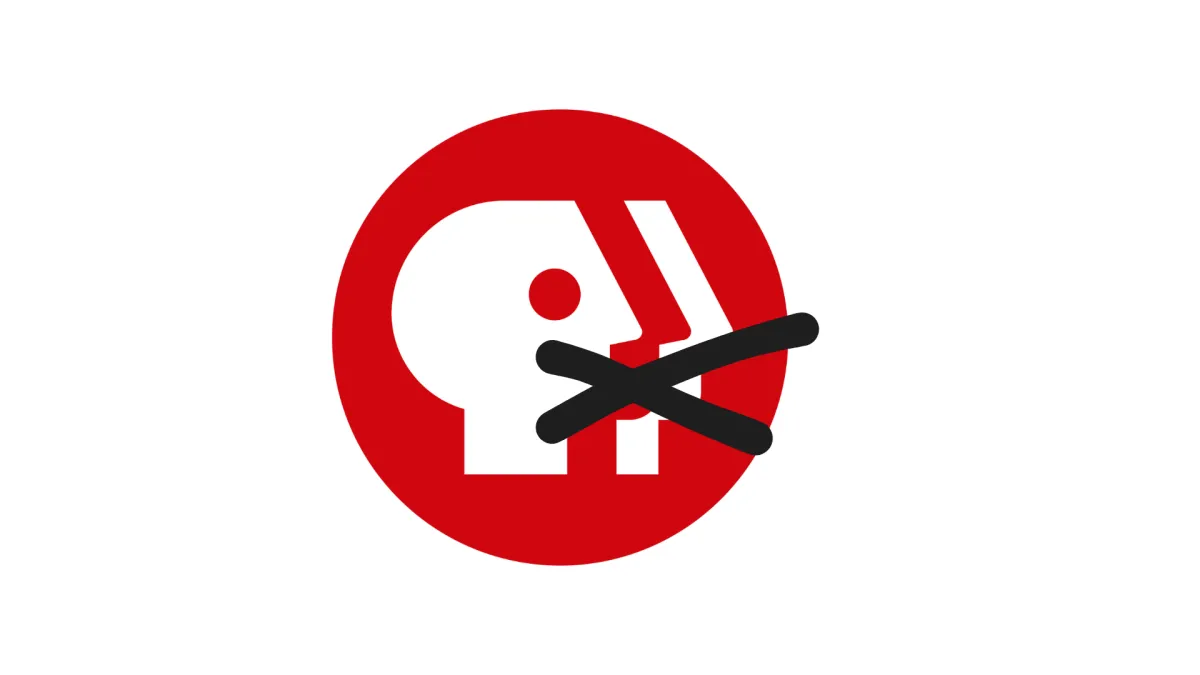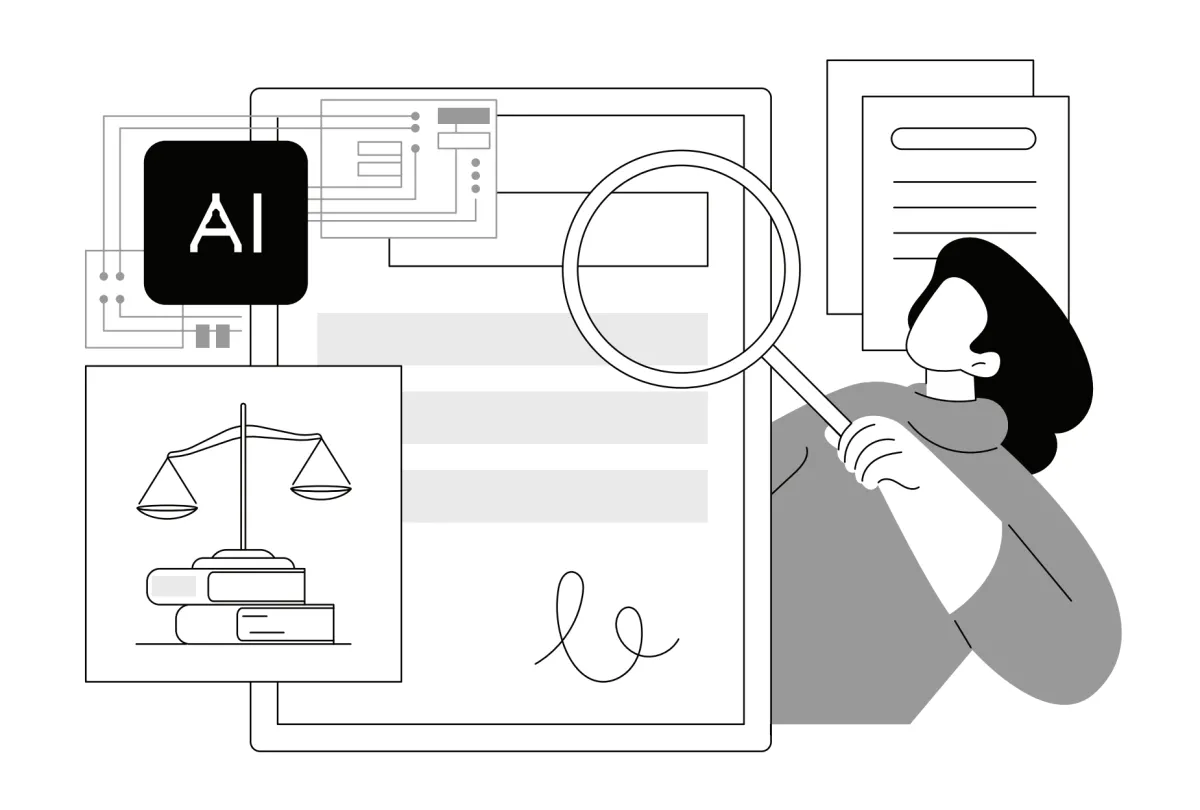
In ‘The Dialogue Police,’ Susanna Edwards Explores Swedish Police Officers’ Tireless Effort to Protect Freedom of Speech

In The Dialogue Police, protests, Quran burnings, and political gatherings take center stage. This timely doc, helmed by veteran Susanna Edwards, takes a closer look at the specialized titular police unit, established after the Göteborg riots in 2001. Tasked with bridging the gap between protesters and police leadership, their mission is to uphold democratic values and prevent escalation through dialogue. However, maintaining composure in highly charged situations proves to be a demanding and draining responsibility for many within the group.
Notably, Edwards’ film resonates with themes recently explored in Norwegian Democrazy, where Fabien Greenberg and Kjøge Rønning also examine freedom of expression and the paradox of tolerance, though their focus is on controversial anti-Islamist leader Lars Thorsen.
Premiering at the Göteborg Film Festival, The Dialogue Police examines contemporary conflicts shaping our history and profiles individuals dedicated to protecting free speech. The film heads next to CPH:DOX. The director spoke to Documentary about access, the challenges of filming, and her reflections on freedom of expression and the role of this unique police unit. This interview has been edited.
DOCUMENTARY: When did you first hear about the Dialogue Police? What compelled you to follow them?
SUSANNA EDWARDS: I heard about them from a friend of mine. She told me she had met three crazy police officers the night before, drinking a lot of beer, telling crazy stories… including the fact that they were dealing only with protests and were tasked with defending democracy. And I really couldn’t imagine that [job] within the Swedish police, so I got really curious. I had some experiences myself when I was younger, interacting with police officers in the streets, and it easily escalated to quite an aggressive conversation, for no reason. Then I got in touch with the Dialogue Police, and it seemed that they were really interested in telling their story, because even in Sweden, almost no one knows about the existence of these officers.
D: And that leads me to my next question—what about access? Was it a heavily bureaucratic process, or were there resistances from the institutions?
SE: It was a heavily bureaucratic process, indeed. And in the end, I’d say, for no reason. I haven’t made any documentaries about police officers or authorities before, only about private citizens, portrait docs, and that’s been very easy. But this one required that I deal with an authority. They wanted to have a say in how I angled the film. But, of course, they couldn’t do that. I know I need to have full control over my final cut and my footage. So we discussed that for a couple of months with one person high up in the chain of command. Then we found another person who actually told us that in Sweden, authorities do not have censorship powers over journalists, so anything you film, you own. You can do whatever you want with it. They said: “You can film us just as [you can film] everyone else in the street, because it’s allowed to film in the streets in Sweden.” But I answered: “No, I need more access, because if everyone can film that, no one will put money into my film.” Then, as we built more trust along the way, they finally let me into the main police building, and I got closer to them.
D: Did you face any other significant challenges?
SE: Well, one problem was that officers couldn’t wear lavalier microphones. They weren’t allowed to wear any equipment other than their own. So we had to record all sound with a boom. And that was a problem—it sparked attention. Everyone noticed that f***ing boom. This also affected the form of the film, because the sound recordist and I had to stay really close to the subjects. It’s been a very noisy business, because protests are noisy. But, as always, after some days, the police officers forgot about all of this. The beautiful thing about being a documentary filmmaker is that if the main characters are comfortable in front of the camera, the people surrounding them also forget about it. Also, I had to bear in mind not to show some people taking part in the protests because, in their home countries, they would be threatened.
D: You show some moments filled with tension. Which ones did you feel were the most dangerous, and why?
SE: One of them appears at the beginning of the film. It shows the protest of this Freedom Movement, an anti-vax rally. There were about 10,000–12,000 people, including football hooligans from competing teams, Nazis, theater and cultural workers, nurses. It was quite a mixed crowd, and they were all there for one reason—to protest against the enforcement of the [healthcare] regulations to fight the pandemic. But nothing happened in the end. In Sweden, protests aren’t usually that violent, I must say.
D: How long did you follow the unit?
SE: I followed them for a year, from 2021 to 2022. The way I made this film, “fly on the wall,” means you’ve got to film a lot, and when there’s a protest, there’s always a risk that something could go wrong and turn violent. And of course, I couldn’t miss that if it happened. I had to film for like 50–60 days. I’ve shot 600 hours of footage. That makes things very tough in the editing room, but it’s also good because you’ve got many options. I was really lucky that Nicole [a new recruit] came to join the unit. I could film her on the first days and follow her progress while trying to understand what the job was about, how the officers interacted with people… So her presence created a sort of narrative arc, giving clarity to the film.
D: You said you’ve shot 600 hours of footage. That’s huge! Were you using some type of method to categorize it? How did you manage not to get lost?
SE: I had to log and look through all of it. The editor couldn’t, because it’d have taken too long for him. I asked him to focus on certain days because I felt I could take away much stuff already. But then the editor was interested in all the material he saw and asked to dig deeper. It’s been really hard for him, from the start, to find the cornerstones he needed to build up the story. The characters love to chat a lot, so it took time to make it rhythmically smooth. I think we worked on it for at least a year and a half.
D: Do any Dialogue Police units operate in other Swedish cities, or is the Stockholm one the only active?
SE: It’s only in Stockholm that there are six people working full-time. There are other dialogue police officers in all the other regions of Sweden, but they work as uniformed police officers as well, not only as dialogue officers. I think what’s so unique about the Stockholm unit is that they say that the work on the day of the protest is like 10% of their efforts. 90% of their work is carried out before and after, because they get in touch with the different groups and opinion leaders, and they keep talking to them for years. They also have meetings before big protests and after to plan and discuss what’s the best way [to approach them], what the activists want, and how the police can facilitate that. And they meet afterward, asking what they think about the uniformed police’s activities during the protest, answering questions about what didn’t work out well. So there’s indeed a lot of dialogue and communication, not only in the streets where the protests happen.
D: How did the making of this doc change your perception about freedom of expression and the Dialogue Police itself?
SE: I learned a lot about how Swedish police and how our laws work along the way. For example, I found out that Dialogue Police officers don’t receive special training. So ideally, you should expect every agent to be able to de-escalate situations, keep calm, and listen to people. That’s not what really happens. I’ve also learned that a counter-demonstration has the same right to be protected by the police as a demonstration with a permit, unless, if they are happening at the same place, then the authorized demonstration is in a more advantageous position. People have a lot of different views on what they want to change, very strong views. And they are emotionally invested in these. With some, you’ll agree, with others you won’t. But that’s not the point for the officers. Their point is only to give you the possibility to say whatever you want to say, as long as it’s within the law. They protect your right to be able to say something as everyone else, and they do that to keep our democracy healthy.
Davide Abbatescianni is a film critic and journalist based in Rome. He works as an International Reporter for Cineuropa and regularly contributes to publications such as Variety, New Scientist, The New Arab, Business Doc Europe, and the Nordisk Film & TV Fond website. He also serves as a programmer for the Torino Film Festival, one of Italy’s largest cinematic gatherings.




